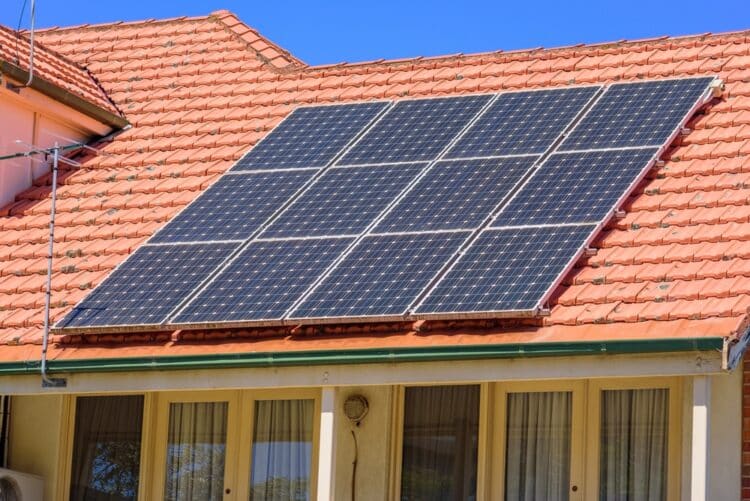The Essential Services Commission has unveiled its draft proposal regarding the minimum payments that energy retailers must provide solar customers for the electricity they contribute to the grid. This proposal is now open for public feedback until 31 January 2025.
The suggested flat feed-in tariff is set at 0.04 cents per kWh, a significant drop from the current rate of 3.3 cents per kWh, taking effect from 1 July 2025.
Variability in Feed-in Tariffs
In addition, the draft introduces two varying feed-in tariffs, ranging between 0.0 and 7.5 cents per kWh. Although the Essential Services Commission establishes these minimum tariffs, energy retailers have the flexibility to offer rates higher than these minimums.
Stakeholders are invited to provide their input on this draft decision via Engage Victoria until the end of January, with a conclusive determination regarding the minimum feed-in tariffs expected by 28 February 2025.
Comments from the Commission
Gerard Brody, Chairperson of the Essential Services Commission, stated that the methodology for determining these prices remains consistent with previous years, taking into account wholesale electricity prices, costs associated with solar exports, and social and environmental considerations.
“The reduction in feed-in tariffs is a reflection of the surge in solar panel installations in recent years, as residents of Victoria have responded to initiatives aimed at lowering carbon emissions, leading to an increase in renewable energy production,” he explained.
Since 2019, the number of rooftop solar systems in Victoria has escalated by 76%, climbing from around 446,000 to 787,000 systems, according to Commissioner Brody.
This rise has resulted in heightened supply and diminished demand for electricity during midday hours, subsequently decreasing the value of exporting solar power during those times.
Financial Benefits of Solar Energy
Despite the decrease in feed-in tariffs, Brody highlighted that independent evaluations indicate households equipped with solar panels benefit from lower electricity bills compared to those that do not have solar installations, with potential annual savings of up to £895.
“Solar-powered homes can maximise their financial benefits by utilizing electricity-intensive appliances during daylight hours, coinciding with peak solar production, thereby avoiding substantial retail costs,” he added.
For those wanting to delve deeper into the minimum feed-in tariff, including the reasons for annual adjustments and the calculation methods, more details are available on the Essential Services Commission’s official website.
